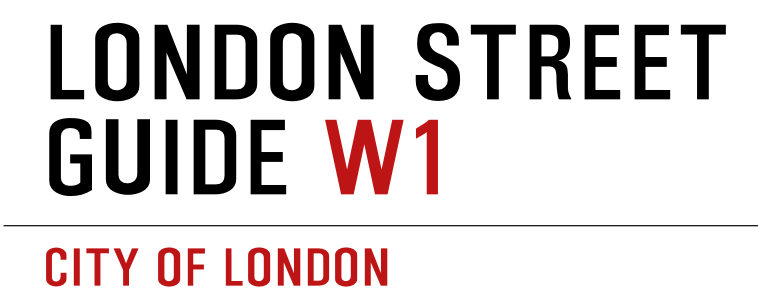Place Name
Sir Henry William Peek (February 26, 1825 – August 26, 1898) was an importer of spices, tea, as well as other groceries, and a Conservative Member of Parliament. The Peek family owned the Peek Freans biscuit business. He was the colourful last owner of Wimbledon House, during his tenure he developed an extensive range of greenhouses, the largest in the London area. He grew exotic fruit including the remarkable claim to fame of the heaviest bunch of bananas exhibited in Victorian England. Added to this he kept a menagerie of weird and wonderful animals and birds such as Indian buffalos, emus, Icelandic sheep, parrots, and penguins. But it was his tireless efforts to save the Common to which modern residents owe him a debt of gratitude. In 1870 Sir Henry led the campaign by local people to save Caesar’s Camp after the owner of Cannizaro Park, John Sawbridge-Erle-Drax, set about levelling it for housing. A bid to buy the land was rejected by Erle-Drax and in 1875 he began ripping out trees and levelling the ramparts. Development was only halted when the Conservators who had recently taken control of Wimbledon Common, managed to get a court order stopping any building on the site. This wasn’t his first success in protecting the Common, some years earlier Earl Spencer had wanted to enclose it for use as a public park. While many supported the move, and indeed his plans were considered generous, Sir Henry wanted it to remain wild. Following a lengthy legal battle the Earl agreed to drop his plans and not build on the Common in return for a yearly payment of £1,200. A week later the Board of Conservators of Putney and Wimbledon Common met, under the chairmanship of Sir Henry. A year after his death his son Sir Cuthbert Peek, an astronomer and meteorologist, sold the Wimbledon House Estate to a company of developers, thereby sealing the final fate of the house. The Wimbledon House Estate Company Ltd decided that the development would be entirely residential and in 1900 Wimbledon House was demolished, its estate walls taken down and the first roads constructed. Roads were named after prominent past owners, such as Peek, Colonne, and Marryat.
![]()
